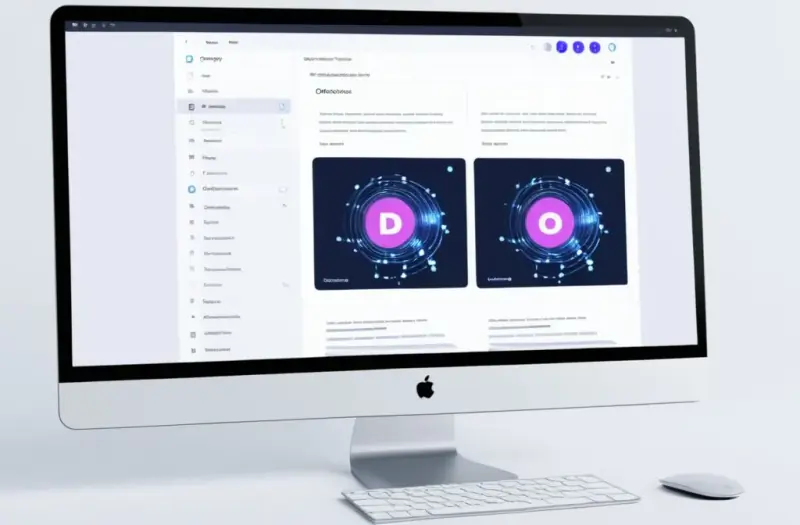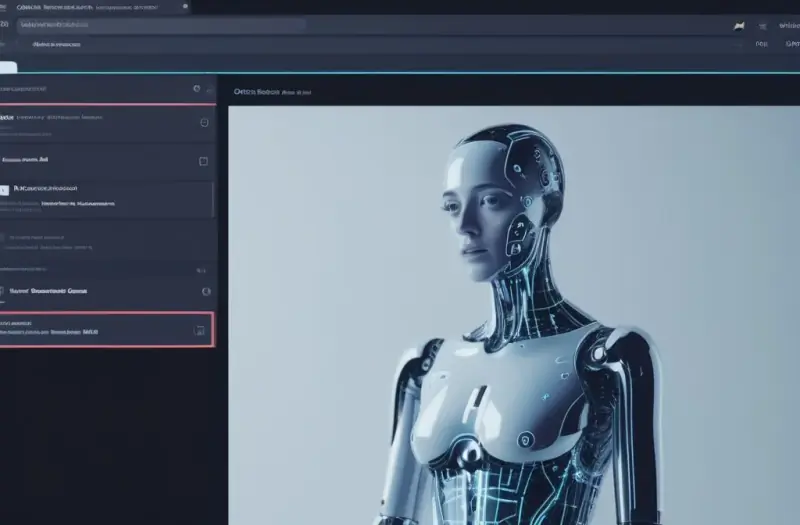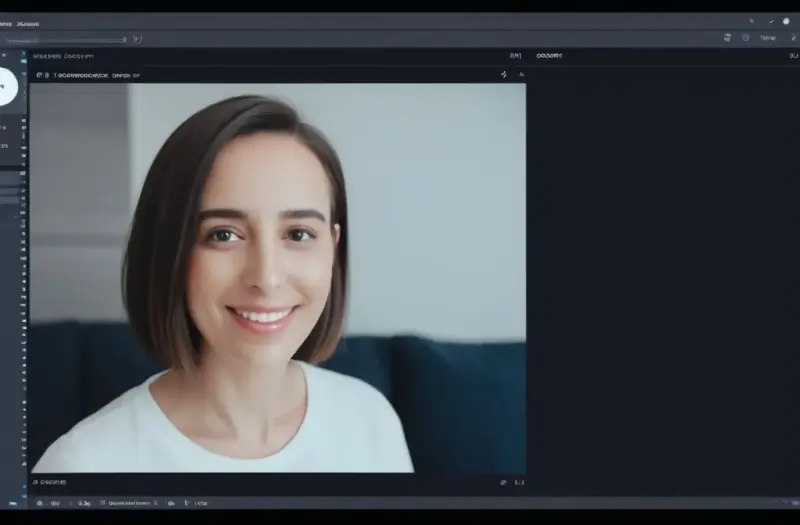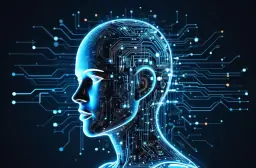How to Make Videos Like Osmosis Copy AI

Table of Contents
Creating videos like those produced by Osmosis is a blend of art, technology, and strategy. In this guide, we will walk you through how to make videos like Osmosis Copy AI, combining AI-driven video creation with educational video production techniques. Whether you’re aiming to replicate Osmosis-style videos for your educational content or seeking to enhance your AI-powered educational videos, this article will provide you with the tools and insights you need.
Understanding the Osmosis Video Style
The first step in making videos like Osmosis is understanding what sets their content apart. Osmosis videos are known for their clarity, engaging visuals, and educational value. These videos often break down complex concepts into digestible, easy-to-understand pieces, making them ideal for learners.
To replicate Osmosis-style videos:
- Focus on clarity: Ensure that your videos convey information in a clear and concise manner.
- Use engaging visuals: Incorporate animations, diagrams, and infographics to support your content.
- Maintain educational value: Your content should be informative and valuable to the viewer.
By focusing on these three elements, you can create content that resonates with audiences in the same way that Osmosis videos do.
Tools and Techniques for AI-Driven Video Creation

When it comes to creating AI-enhanced video tutorials like those from Osmosis, the right tools are essential. There are several AI-based platforms that can help you automate the video creation process, ensuring consistency and quality.
AI Video Creation Tools
- Lumen5: An AI-powered video creation platform that allows you to turn text into video in minutes. It’s ideal for creating AI-generated educational content.
- Synthesia: This tool uses AI to create videos with realistic avatars. It’s perfect for producing Osmosis-inspired videos where a human touch is needed.
- Pictory: Pictory is known for its ability to create short, engaging video summaries from long-form content. It’s particularly useful for replicating Osmosis video techniques in educational contexts.
Techniques for Effective Video Creation
To create videos similar to Osmosis, follow these steps:
- Scriptwriting: Start with a well-written script. Break down complex topics into simple, easy-to-understand segments. Use bullet points to highlight key points.
- Storyboarding: Plan your visuals in advance. Create a storyboard that outlines how each section of the script will be visually represented.
- Voiceover: Use a clear and professional voiceover to narrate your videos. The voiceover should match the tone and pacing of the content.
- Editing and Animation: Use animation tools like Adobe After Effects or even simpler tools like Animoto to add engaging visual elements to your videos.
By combining these tools and techniques, you can efficiently produce high-quality videos that mirror the style of Osmosis.
Structuring Your Educational Videos
The structure of your video plays a crucial role in how well the content is received. Osmosis videos are structured to maximize learning and retention, and by following a similar approach, you can create videos that are both informative and engaging.
Key Components of an Effective Educational Video
- Introduction: Start with a brief introduction that outlines what the video will cover. This sets the stage for the viewer and provides a roadmap for the content.
- Main Content: Break the content into clear sections, each focusing on a specific aspect of the topic. Use H3 headings for sub-sections to organize the information effectively.
- Visual Aids: Incorporate diagrams, charts, and animations to help explain complex concepts.
- Summary: Conclude each section with a brief summary of the key points discussed. This reinforces the learning and ensures that viewers retain the most important information.
Example Structure for Osmosis-Style Videos
- Introduction: Overview of the topic
- Section 1: Explanation of the first key concept
- Section 2: In-depth analysis of the second key concept
- Section 3: Application of the concepts in real-world scenarios
- Conclusion: Recap of the main points and final thoughts
This structure ensures that the content is easy to follow and that viewers are engaged from start to finish.
Enhancing Engagement Through Visual Storytelling

Visual storytelling is a hallmark of Osmosis videos. By using visuals to complement the narrative, you can enhance the viewer’s understanding and keep them engaged throughout the video.
Tips for Effective Visual Storytelling
- Consistency: Use a consistent visual style throughout the video to create a cohesive viewing experience.
- Simplicity: Avoid overcrowding the screen with too much information. Focus on one visual element at a time.
- Relevance: Ensure that every visual element directly supports the content being discussed.
Implementing Animations and Infographics
Animations and infographics are powerful tools for explaining complex concepts in a simple and engaging way. Platforms like Canva and Piktochart offer easy-to-use tools for creating professional-quality visuals.
- Animations: Use animations to demonstrate processes or concepts that are difficult to convey with static images.
- Infographics: Infographics can be used to summarize large amounts of data or to illustrate relationships between concepts.
By incorporating these elements, you can create videos that not only inform but also captivate your audience.
Common Challenges and How to Overcome Them
Creating Osmosis-style content isn’t without its challenges. From maintaining viewer engagement to ensuring accuracy in educational content, there are several hurdles you may encounter.
Challenge 1: Keeping the Audience Engaged
One of the biggest challenges in educational video production is maintaining viewer engagement. To overcome this:
- Pacing: Keep a steady pace that allows viewers to absorb information without feeling rushed.
- Interactive Elements: Incorporate quizzes or questions to engage viewers actively.
- Variety: Mix up the content by alternating between narration, visuals, and on-screen text.
Challenge 2: Ensuring Accuracy and Clarity
Accuracy is crucial, especially in educational content. To ensure that your videos are both accurate and clear:
- Research: Back up your content with reliable sources and double-check facts before including them in your videos.
- Feedback: Before publishing, get feedback from experts in the field to ensure the content is accurate and well-explained.
FAQs About Making Videos Like Osmosis
How can I replicate the Osmosis-style in my videos?
To replicate the Osmosis-style, focus on clarity, use engaging visuals, and ensure that your content has educational value.
What tools do I need to create AI-driven educational videos?
Tools like Lumen5, Synthesia, and Pictory are great for automating the video creation process while maintaining high quality.
What are the key components of an effective educational video?
An effective educational video should include an introduction, structured main content, visual aids, and a summary.
How can I keep my audience engaged throughout the video?
To keep your audience engaged, use a steady pacing, incorporate interactive elements, and vary the content delivery method.
What should I do to ensure the accuracy of my educational content?
Always research your content thoroughly, cite reliable sources, and get feedback from subject matter experts before publishing.
Conclusion
Creating videos like Osmosis Copy AI is both an art and a science. By understanding the elements that make these videos effective—clarity, engaging visuals, and educational value—you can create content that is not only informative but also engaging. Utilizing AI-driven tools and following a structured approach, you can overcome the common challenges in video creation and produce high-quality educational videos that resonate with your audience.
Key Takeaways
- Understand the Osmosis style: Focus on clarity, engaging visuals, and educational value.
- Use AI tools: Platforms like Lumen5 and Synthesia can streamline the video creation process.
- Structure your videos: A well-organized structure enhances learning and retention.
- Incorporate visual storytelling: Use animations and infographics to support your narrative.
- Overcome challenges: Engage your audience and ensure accuracy in your content.
By following these guidelines, you can confidently embark on your journey to create AI-enhanced educational videos that mimic the style and impact of Osmosis.
Popular Tags
ADS SPACE HERE


